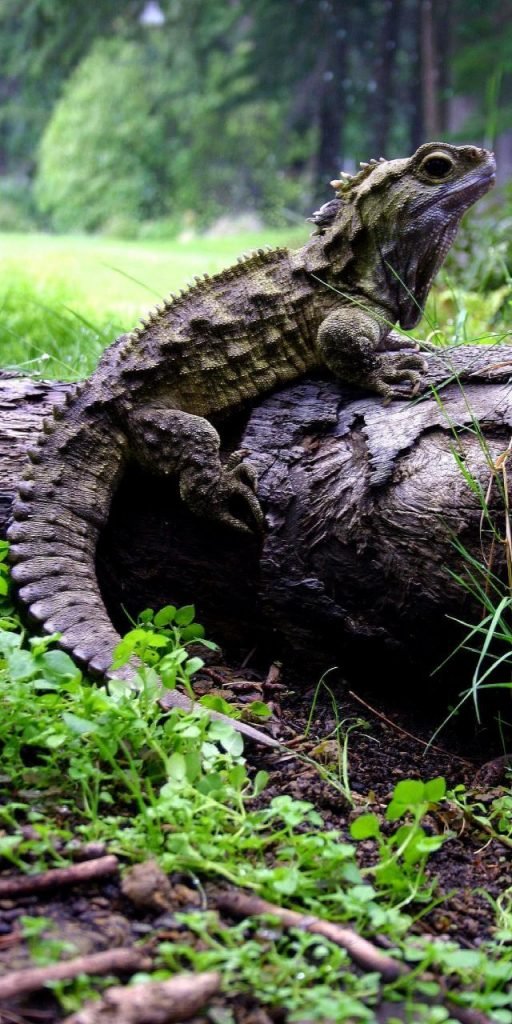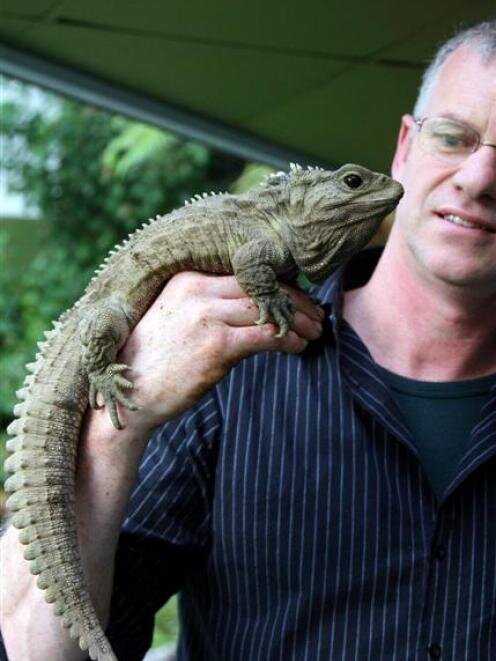Tuatara – What is it HUMAN, REPTILE, BIRD?
New Zealand’s lizard like creature tuatara is on a branch of itself in the evolutionary tree of life.
If we talk about the times of Dinosaurs, this exceptional animal had many family friends all over the world. But presently we are afraid that there is nothing else like it on the Earth.

According to the new study of the sequence of tuatara full genome (complete set of DNA), one of the largest found on the record. It is even about 50% larger than the human genome. It appears weirder because this strange creature is neither lizard, bird nor mammal. It can be considered a weird amalgamation of all three.
Common Features
New study make authors state that this animal’s genomic architecture is very different from anything previously studied. Tuatara’s genome matched with reptile’s jumping genes up to a percentage of 4% percent, 10% percent common in monotremes (platypus and echidna). It is less than 1 percent common with jumping genes of humans.
Indications of highly unusual observation were that the tuatara genome is a weirdly odd combination of both mammalian and reptilian [including bird] components.
Though scientists already knew the tuatara (Sphenodon punctatus) was something weirdly different. But this new research suggests it’s even more unique than they suspected.
Tuatara is solely found in New Zealand which appears to lizard if spotted by a common eye. It is considered a taonga, or ‘special treasure’ for the local Māori and good reason.
Where Can it Exist?
This creature can live up to a century, exist in super cold temperatures. The most breathtaking fact is that they can hold on their breath for as long as an hour. They could see light from their third partial eye on their heads. If we can talk about great grand uncles of the species they could be snakes and lizards. But to call them a relative is the same as calling kangaroo a relative of humans. Their common ancestors can be called back to about 250 million years ago.

Tuatara has remained the sole members of the archaic reptilian order known as Rhynchocephalia, throughout that huge amount of time. Now-extinct stem reptiles can be linked by these species from which dinosaurs, modern reptiles, birds, and mammals evolved, and is thus important for our understanding of amniote evolution.
How has it Existed so long?
The tuatara has many features of the long-extinct and ancient animals from which all these groups evolved from. Tuatara is believed to be the slowest evolving species yet analyzed, more than any other lizard or snake. As such, tuatara are a direct line back to our origins of existence, but their continued existence on our planet is not a sure bet.

Although they are doing perfectly well in all the 35 islands of New Zealand where they are found with good numbers. But rapidly changing climate can lead to their doom. The reason being that the sex of tuatara is determined by the temperature surrounding the eggs. And rising global warming can lead to birth of too many males. This will send the reproductive cycle to an complete imbalance.
The scientists believe that tuatara are being exposed to risk basically of their restricted habitat, all the threats imposed by diseases. And the most important the change of sex ratios induced by climate change that could markedly affect their survival.
Needs of Saving Species
Continued survival of the species can be done by knowing more about the species. But this genomics research is equally important for many other reasons.
The research was done in partnership with the Ngātiwai, the Māori iwi (tribe) in New Zealand who hold kaitiakitanga (guardianship) over the tuatara populations. This sort of collaboration is not always considered in conservation research of species.
Local Partnership: Key to Future Research
This partnership – which, to our knowledge, is unique among the genome projects undertaken till this date. It had a strong practical focus on developing resources and information. This will improve our understanding of the tuatara and aid in future conservation efforts.
Hoping that this work will form an exemplar genome initiative in near future. This will aspire to meet access and benefit-sharing obligations to Indigenous communities. Sharing knowledge and sharing credit is equally important and the result of which the Ngātiwai Trust Board is listed amongst the authors of the paper.

1 Comment
Pingback: Bearded Dragon embryos can change their Sex Depending upon the Temperature - Craffic